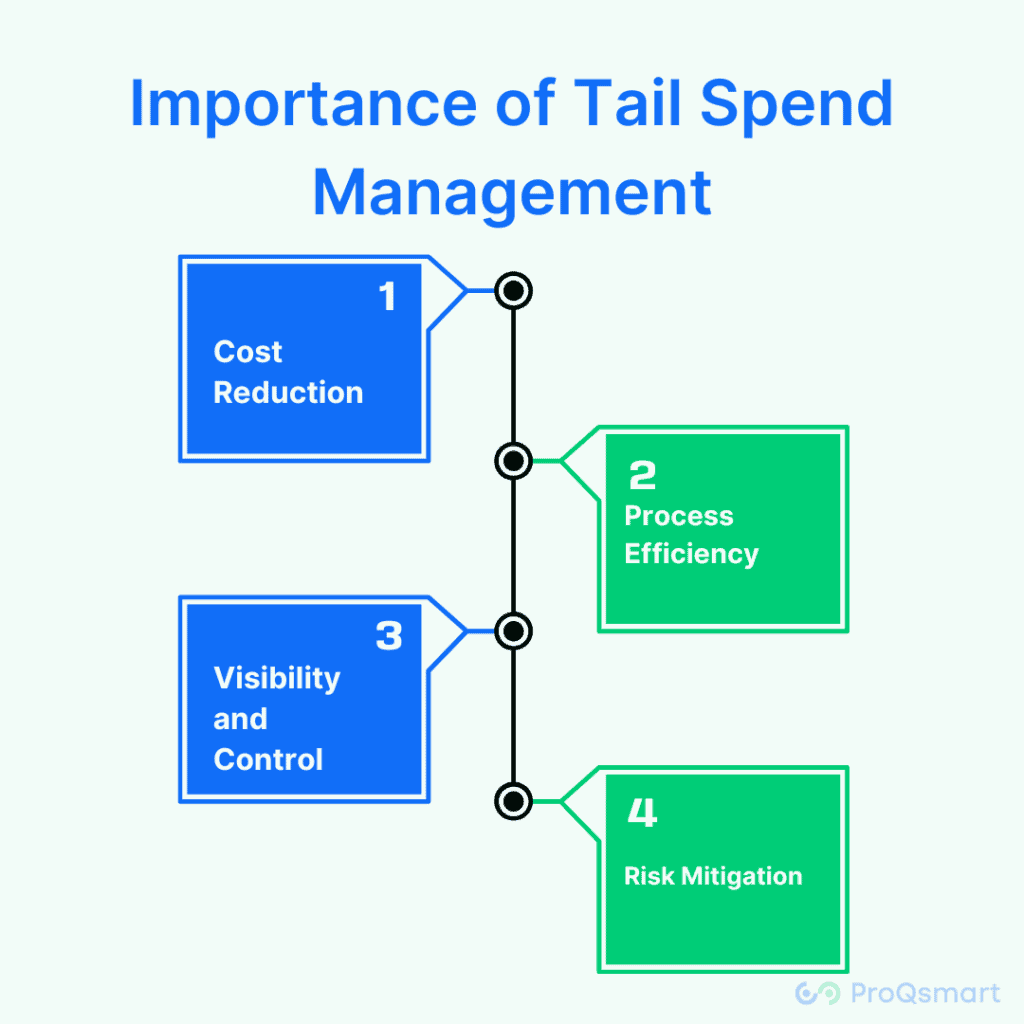Tail spend management is an essential yet often neglected aspect of procurement that can significantly impact a company’s bottom line. It refers to the management of the small, infrequent transactions that form a large portion of the total number of transactions within an organization. These purchases, although minor individually, cumulatively represent a substantial amount of spend. Effective management of tail spend is crucial for realizing hidden cost savings and enhancing procurement efficiency.
Understanding Tail Spend
Tail spends typically comprises 20% of a company’s total spend, but can account for up to 80% of all procurement transactions. It includes small-value purchases, one-time transactions, and ad-hoc spending that is not actively managed or strategically sourced. Due to its fragmented nature, tail spend is often overlooked, leading to unmanaged and inefficient procurement practices.
Importance of Tail Spend Management

Proper management of tail spend can lead to significant benefits:
Cost Reduction
By consolidating purchases and negotiating better terms, companies can achieve considerable cost savings.
Process Efficiency
Streamlining tail spend processes reduces the administrative burden and improves procurement efficiency.
Visibility and Control
Effective tail spend management provides greater insight into spending patterns, enabling better budget control and decision-making.
Risk Mitigation
With improved oversight, companies can better identify and address supply chain risks associated with tail spend.
Strategies for Managing Tail Spend
Spend Visibility: The first step is to gain a clear understanding of tail spend through comprehensive spend analysis. This involves categorizing and reviewing all transactions to identify spending patterns and areas for improvement.
Supplier Consolidation: By consolidating purchases with fewer suppliers, organizations can leverage volume to negotiate better prices and reduce the complexity of managing numerous suppliers.
Process Automation: Implementing procurement technology can automate tail spend transactions, reducing manual processes and increasing efficiency.
Strategic Sourcing: Applying strategic sourcing principles to tail spend can help in identifying and leveraging opportunities for cost savings and value creation.
Policy and Compliance: Establishing clear procurement policies and ensuring compliance can significantly reduce maverick spending and improve procurement governance.
Leveraging Technology in Tail Spend Management
Technology plays a pivotal role in transforming tail spend management. Solutions like e-procurement platforms offer automation, analytics, and supplier integration capabilities, making it easier to manage and optimize tail spend. These tools provide real-time visibility into spending, streamline procurement processes, and facilitate strategic decision-making.
Conclusion
Tail spends management is a critical component of a comprehensive procurement strategy. While often underestimated, the effective management of tail spend can lead to substantial cost savings and operational efficiencies. By employing a strategic approach, leveraging technology, and focusing on continuous improvement, organizations can turn their tail spend into a source of value and competitive advantage. Understanding and addressing this aspect of procurement can lead to more informed decision-making, enhanced supply chain management, and ultimately, improved financial performance.


